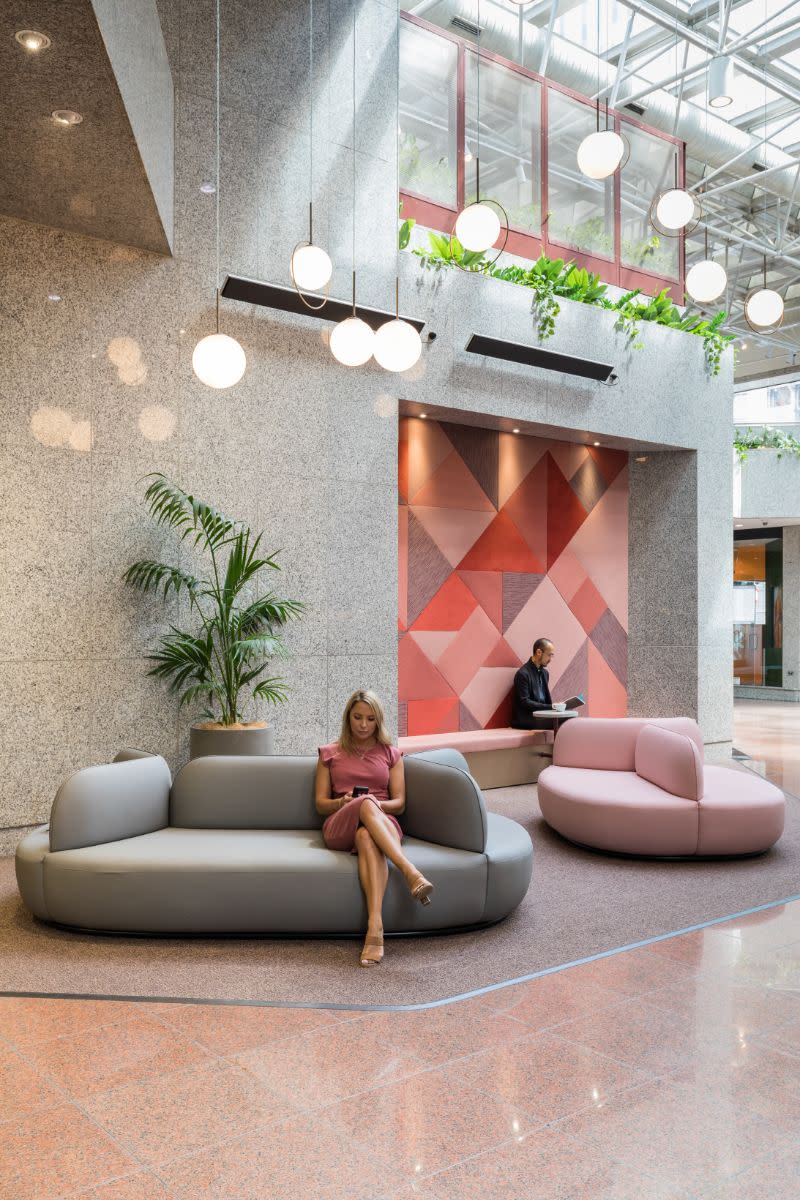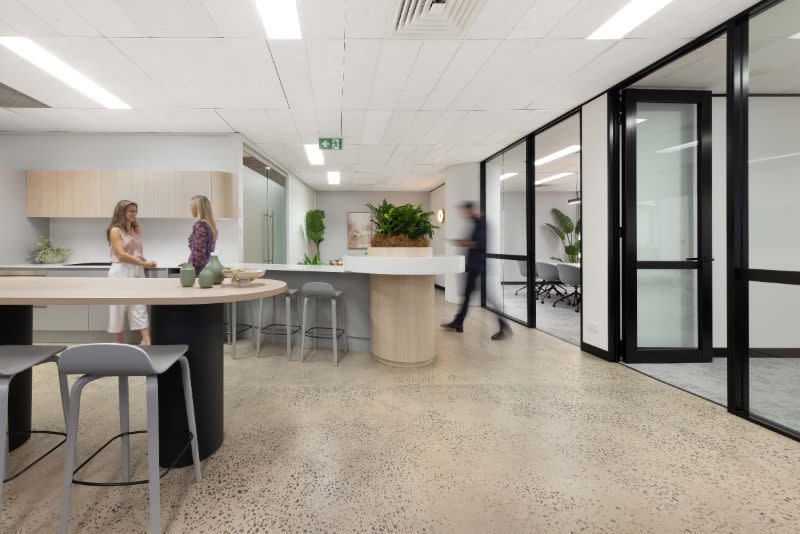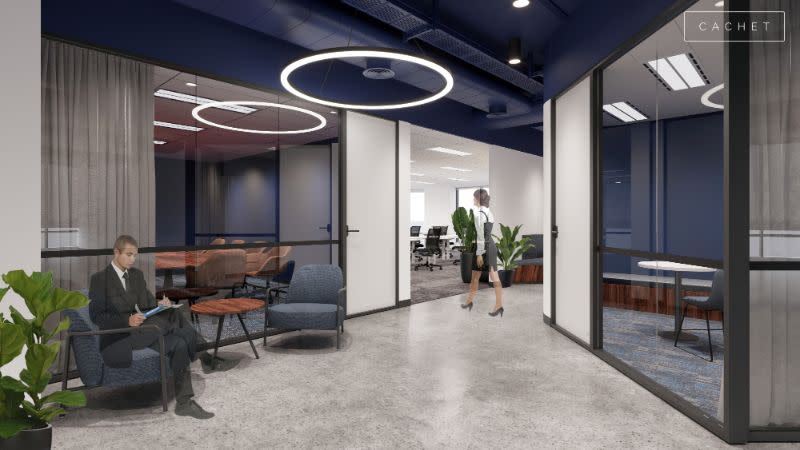
Flight to quality continues to gain momentum, empowering B-grade and below assets to focus their attention on second generation of spaces to match tenant demands.
Attracting new tenants by creating second generation spaces in ageing assets, including creating modern speculative suites and revitalising shared facilities, is proving profitable for many major asset owners.
This focus on second generation can fill the occupancy void, particularly for stock in desirable locations.
The value is seen not only in meeting occupancy objectives but also in helping asset owners’ meet sustainability targets. This is done through well-executed refurbishments that do not require total demolition by making the most of what a building already has.
Cachet Group managing director Mark Turek said office towers were entering their second generation and becoming more like micro-CBDs.
“What we’ve seen during the past 24 months is asset owners looking at ways to attract tenants in different ways as opposed to traditional ways; that is, providing a premium office with a great lobby,” Turek said.

“For instance, we’re seeing a lot of innovation in commercial assets with the rise of experiential spaces. Spaces such as end-of-trip facilities, cafes, third spaces and wellbeing spaces, allowing tenants to use the asset beyond their primary tenancy space.
“For global companies and multinational tenants, there’s also an opportunity to leverage these regeneration projects to address improvements in their own corporate sustainability and governance,” says Mark Nino, Cachet’s Sydney Client Relations & Services Manager.
“And when it comes to the fitouts itself, we are also approaching these as second-gen fitouts; a fitout where you don’t have to clear out a full floor. Landlords can repurpose a lot of materials in the existing space, helping keep costs low and reducing embodied carbon input to new works.
This was achieved by looking at some creative ways of design thinking and also behavioural design in terms of how the tenants would use the space over the next two to three lease cycles, not just one, Turek said.
“This way, the commercial investment is going to go a lot longer and a lot further than having to spend it twice over again.
“We undeniably add the most value to asset owners who buy an asset and are prepared to uplift it and add value to their properties.”

Cachet Group director Greg Parsonson said major landlords must invest in spaces to show potential tenants the possibilities it held.
“As asset owners approach this idea of second generation to respond to flight to quality, they recognise the value of having a partner like us at the table,” Parsonson said.
“We have more than 18 years of experience working for a tenant occupant, so we understand the drivers of what they need…for a landlord partner, this means we bring a well-informed, tenant-centric approach to the table.”
“We bring to life the skills that they need, which are architectural project leadership and strategies to have to physically fund it, budget it and then go from construction to delivery.
“How you risk mitigate it, stage it, make it compliant, and ultimately occupant ready.”
It starts with attracting tenants to spark pre-leasing conversations.
“To help this, we do marketing packages, 3D experiences, all in-house, and quite a lot of this also, so we sit alongside the asset team to support them in their efforts to bring tenants in,” Parsonson said.

“We are also in the process of undertaking sustainability mapping for assets, which I think is an important part of a second generation and the long-term generational commitment for the landlord.”
A common trend among office owners is creating hotel conversions and residential conversions for an ageing asset but there are other options.
“If you are heading towards 50 per cent vacancy or you haven’t had a lease renewed in an 18-month period, you’re at risk of becoming a stranded asset,” Parsonson said.
“Through the right architectural quality and sustainability outcomes, these buildings can attract new office tenants and remain an office building and get a second life.”

Cachet Group have experience across Australian and New Zealand markets, working for the corporate owners and occupiers.
They bring together the skills needed for a project with one dedicated team to create a vision and deliver a long-term project outcome.
“We are the next generation of commercial fitout providers driven to pursue our ultimate vision for our clients by going beyond the project, to create and sustain spaces for people,” Parsonson said.
Cachet Group offer tailored project strategy, architectural interior design, project management and construction delivery services, all through in-house resources.
The team take a highly personalised approach to projects, spending time to understand specific needs of the asset, the market and prospective tenants, before shaping the process.
The designs are thoughtful, fit-for-purpose and delivered with a consistent quality focus, offering full-lifecycle support following completion to help maintain and optimise the space, thereby supporting tenant retention.
With current feasibility engagements under way and regeneration projects live now and planned into 2024, Cachet sees this current niche of second generation in commercial property quickly becoming a go-to for proactive and future focused asset owners.
TOP IMAGE: 125 Queen Lounge. Photo credit: Mark Scowen Photography
The Urban Developer is proud to partner with Cachet Group to deliver this article to you. In doing so, we can continue to publish our daily news, information, insights and opinion to you, our valued readers.